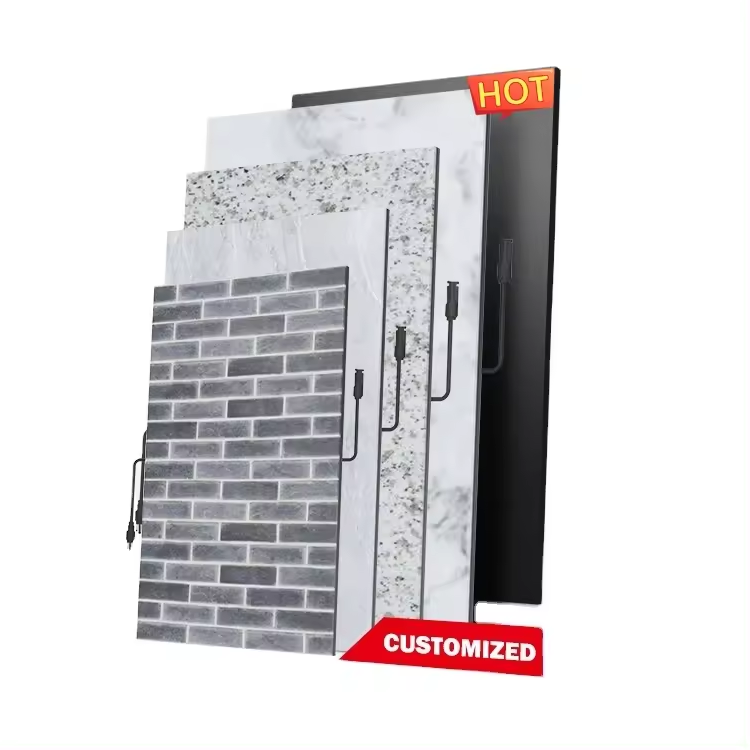Solar Facade
A solar facade, also known as a photovoltaic (PV) facade or building-integrated photovoltaics (BIPV), is a type of architectural feature that integrates solar panels directly into the facade of a building. The primary purpose of a solar facade is to harness solar energy to generate electricity while also serving as an architectural element of the building. Here are some key points about solar facades:
Energy Generation:
Solar facades generate electricity by converting sunlight into electricity using photovoltaic cells. This can help reduce a building’s reliance on grid electricity and potentially lower energy costs.
Aesthetic Integration:
Solar panels in a facade are often designed to be visually appealing and to blend in with the building’s overall design, making them less obtrusive than traditional solar panel installations.
Building-Integrated Design:
Instead of being added as an afterthought, solar facades are designed as part of the building’s architecture from the outset. This integration can include the panels being built into the exterior wall system or as a component of the building’s glazing.
Versatility:
Solar facades can be applied to new construction or retrofitted to existing buildings. They can be used on various types of buildings, including residential, commercial, and industrial structures.
Environmental Benefits:
By generating clean, renewable energy, solar facades contribute to reducing greenhouse gas emissions and can be part of a sustainable architecture design.
Energy Efficiency:
Solar facades can improve the energy efficiency of a building, potentially leading to a reduced carbon footprint and increased energy independence.
Cost Savings:
While there are initial costs associated with the installation of a solar facade, the long-term savings from reduced electricity bills and potential feed-in tariffs can make it a worthwhile investment.
Maintenance:
Like other solar panel systems, solar facades require periodic maintenance to ensure maximum efficiency and longevity.
Regulatory Incentives:
In many regions, there are financial incentives, tax credits, or subsidies available for installing solar energy systems, which can help offset the initial costs of a solar facade.
Solar facades represent a marriage of form and function, providing both a source of renewable energy and a contemporary architectural design element. As technology advances, the efficiency and affordability of solar facades are likely to improve, making them an increasingly popular choice for sustainable building design.

Read also: The Structure of Solar Photovoltaic Façades
